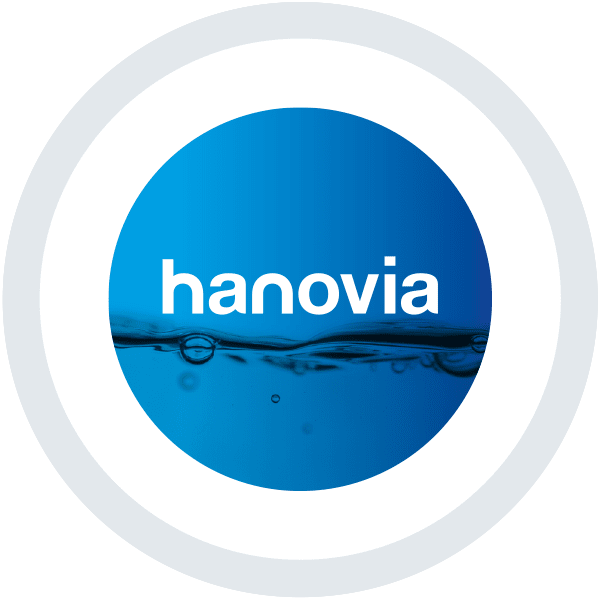Zebra and Quagga Mussel Control in the Power Industry
By Brian Grochowski

Aquatic invasive species such as zebra and quagga mussels can be a nuisance to the power generation industry. For facilities that use surface water, where these mussels are prevalent, this nuisance can be quite costly. The biggest area of concern is where the adhesion of mussels to the intake water lines causes restricted flow, reduces efficiency and clogs the heat exchanger tubing.
Mitigation of this problem is critical since excessive build-up requires equipment downtime to perform appropriate cleaning. In the power industry, unexpected maintenance requirements that result in downtime can have a significant negative economic impact on the operator. Properly managing outages is crucial.
To help facilities mitigate the risk of these invasive species, the US Bureau of Reclamation published a guidance document. See Table 1 below from their list of recommendations

Table 1 – Control and facilities protection options for various applications

In the past, power generation companies have relied on chemical treatment to mitigate the risk of build-up, but increasingly they are adopting mechanical and process solutions. When the USBR guidance was published, UV technology was still considered an “experimental” method as there was a lack of data showing its effectiveness in controlling quagga mussels and other invasive species. Since then, studies by Renata Claudi (RNT Consulting) and others have demonstrated that even low UV doses of 20mJ/cm2 RED are sufficient to inactivate and control quagga mussels. Other studies have suggested that higher doses of around 100mJ/cm2 RED can prevent the attachment of zebra and quagga mussel larvae (veligers) to downstream surfaces. Most of the studies have utilized medium pressure UV systems due to the polychromatic output of these systems and their ability to handle higher water flows with a minimal number of lamps.
More information can be found at the link below.
https://www.usbr.gov/mussels/docs/MusselManagementOptions.pdf
https://www.nature.org/ourinitiatives/regions/northamerica/areas/greatlakes/ais-economic-report.pdf
https://new.doloreswater.com/wp-content/uploads/2016/11/Sept-26-ZQM-Economic-Impact-Fact-Sheet-Final-2016.pdf





 沪公网安备 31011202013557号
沪公网安备 31011202013557号